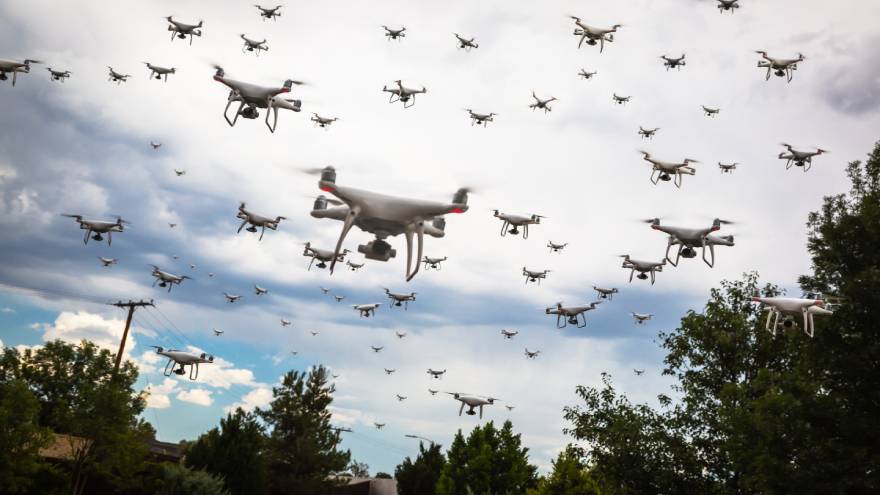Tasks
- Kitting and parts sequencing for complex assemblies
Challenges
- Difficult to automate: Can require sophisticated planning, human intervention & high programming costs
- Parts variability: Can lead to inefficiencies and errors – causing delays, rework & increased costs
- Fluctuating demand: Industries like consumer electronics and automotive need automation that can quickly adapt to changes in demand
Opportunity & Expected Benefits
- Advanced object detection, ML and AI enables robot to:
- Achieve continuous workflow without disruptions or human intervention by dynamically adapting to unexpected events or real-time changes in kitting/sequencing orders
- Recognize and pick/place complex parts geometries efficiently, even in variable conditions and dynamic environments
- Quickly and accurately classify parts and determine their optimal sorting location, helping streamline production and enabling parts traceability
- Quickly retrain robots to perform new tasks with minimal downtime (low-code/no-code training)
- Reduces overhead costs and increases throughput, providing a faster ROI





